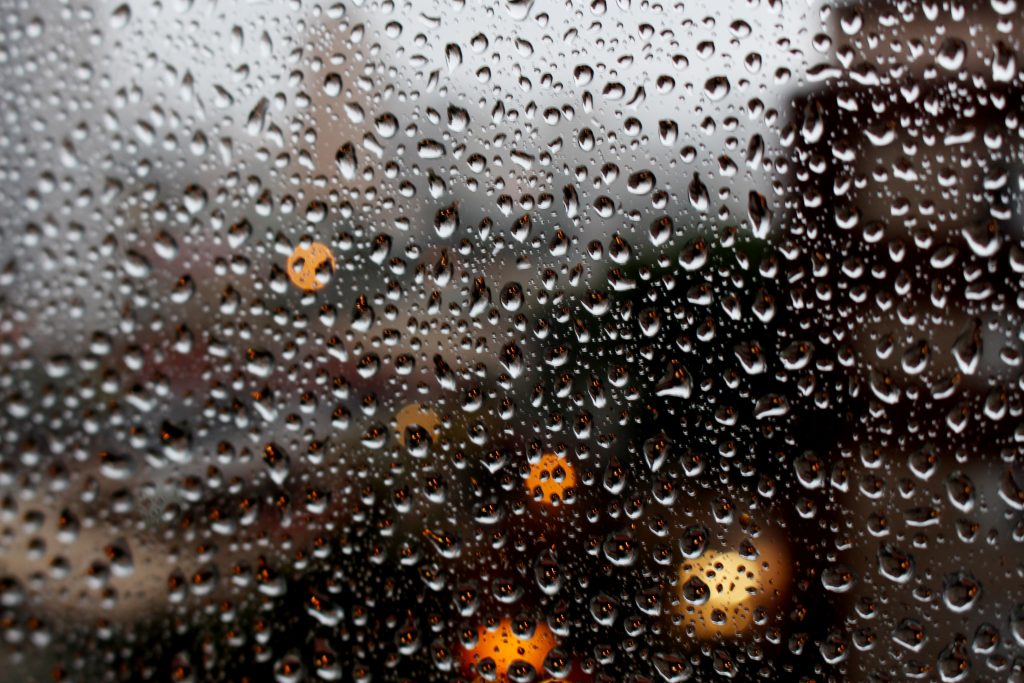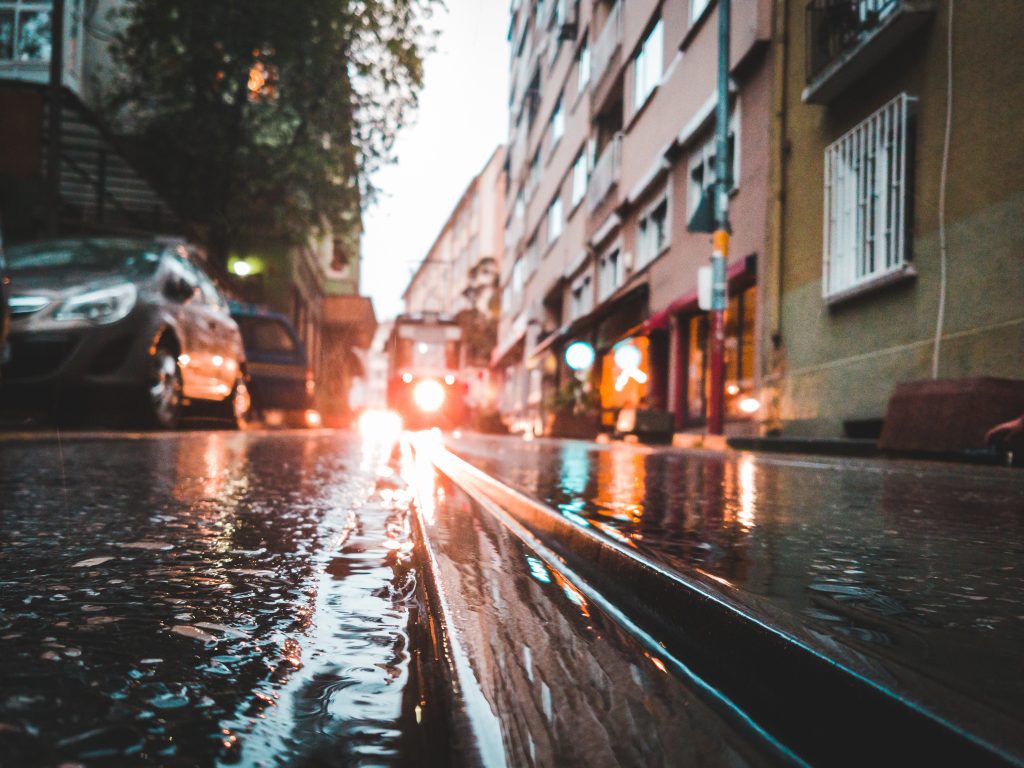Will Mould Die Without Water?
Mould that has grown will remain as it is even if you remove the water source. Once grown it will continue to remain in its microenvironment unless it is professionally removed or cleaned. Under normal circumstances there are small amounts of environmental fungi and bacteria that enter our homes. With a regular cleaning, ventilating and dusting system they don’t become problematic. Once there is dampness, a source of water, low levels of light and poor ventilation, these fungi can begin to grow and cause structural damage to your house and adverse health effects.
Mould is a type of fungus can enter your home from the environment outside, by being transported on clothing, dust or soil. Once inside your home they settle on inanimate areas within the house creating ‘micro-environments’ or ‘reservoirs’. The areas most affected by micro-environments in the home are your carpets, walls, ceilings, furniture, wood surfaces, HVAC systems (heating, ventilating and air conditioning) or walls and ceilings. Usually under environments that are regularly dusted and cleaned with plenty of cold air ventilation the mould does not become an issue. However, once the micro-environment changes with the introduction of a water source, increased humidity and less light, mould can begin to change and begin growing and reproducing by spores which becomes highly problematic.

What happens to mould in damp and wet environments?
The right environment that includes a source of water, humidity, low levels of light and poor ventilation allow mould to grow and reproduce by spores. In properties it is common to find mould in damp areas including bathrooms, basements, under the sink, cabinets and in air conditioning components. Once there is long term exposure to water the mould will continue to flourish. If the water is removed or not present in the first place, the fungus will remain as it in its microenvironment unless water is introduced. When water accumulates structures faster than the natural drying process, the microenvironment where the mould is stable begins to rapidly change and induces a favourable amount of growth for the mould. This happens when there is water damage to your property from a leaking pipe, a burst hot water tank, blocked gutters or a burst sewage pipe.

What Should I Do If Have Mould In My Home?
1. Get an expert inspection – it’s important to determine the type of mould you have. In most cases professionals are required to fully remove the mould. So to avoid health issues have an expert check the areas affected.
2. If possible to clean yourself, make sure you are well equipped (including a mask and overalls) and be sure not to spread the mould in your attempts to remove it.
3. Dampen the mouldy area well with a rag and plain water, this will help stop mould spores from entering the air.
4. Once the affected areas have been soaked, remove the mouldy materials (ideally under negative air pressure) to stop them from reforming.
5. Once all areas of mould have been removed and treated, the property must be dried to ensure that mould does not grow again. Call Kleen-Tech for an expert inspection if you’re based anywhere in Melbourne or the surrounding suburbs.

